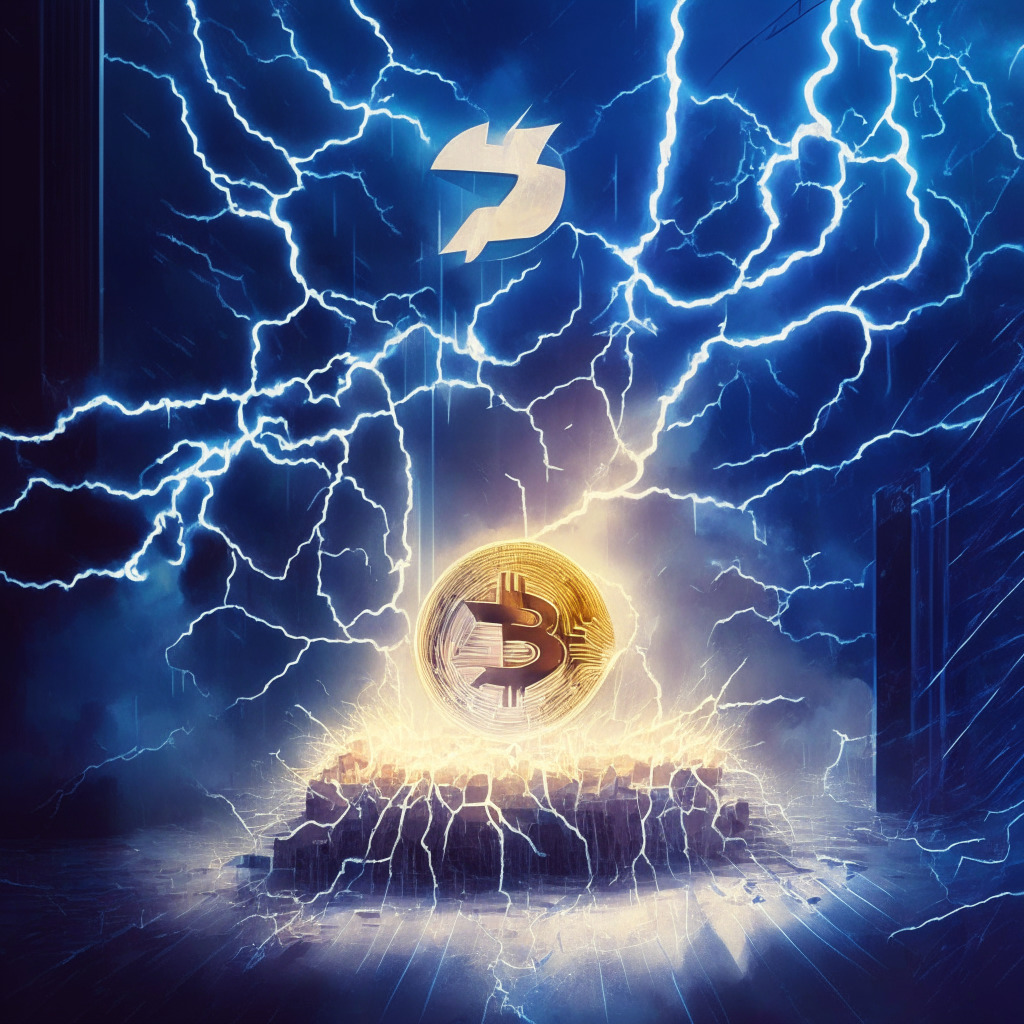Cryptocurrency enthusiasts are excited to know that Binance, one of the largest crypto exchanges, has started to operate Lightning nodes as it plans to support Bitcoin’s Lightning Network for deposits and withdrawals. Although the platform had first signaled the integration of the Lightning Network on May 8th, the development was brought to light by eagle-eyed users who spotted the exchange’s Lightning Network nodes.
It is important to note, however, that the exchange has indicated that there is still more work to be done to integrate the technology before it can support Lightning Network payments. Responding to an enquiry about their expected timeline, Binance revealed that they do not have the information yet. Despite the uncertainty on the completion date, the perpetual integration signifies excellent news for Bitcoin users who wish to leverage the Lightning Network.
For those unfamiliar, the Bitcoin Lightning Network is a second-layer solution developed to facilitate faster and cheaper transactions than Bitcoin’s primary network. It operates through Lightning nodes that enable the routing and processing of the network’s transactions. Glassnode data reports that the median fee for transactions on the Lightning Network is $0.00013, making it cost-effective for users.
Integrating the Lightning Network would place Binance in good company. Exchanges such as Kraken, OKX, and Bitfinex, along with mobile payment platforms like the Cash App, have already integrated support for the network.
Moreover, data from Glassnode reveals that the total amount of Bitcoin bridged to the Lightning Network has increased by 65% since the beginning of this year. Currently, the network has a capacity of 5424 BTC, which is worth $146.4 million.
The Lightning Network’s popularity amongst cryptocurrency users and exchanges cannot be overlooked. While it brings more efficient transaction processing, lower fees, and the potential for increased adoption of the cryptocurrency, skeptics still question its impact on blockchain security and decentralization. They argue that the network may introduce new vulnerabilities, such as centralization risks.
In conclusion, Binance’s plans to integrate the Bitcoin Lightning Network seem to be a step in the right direction, providing users with enhanced transaction processing capabilities. However, it is crucial to remain cautious and consider potential risks associated with such technology. The ongoing debate on the pros and cons of scaling solutions like the Lightning Network emphasizes the importance of weighing the potential trade-offs as the cryptocurrency ecosystem evolves.
Source: Decrypt




